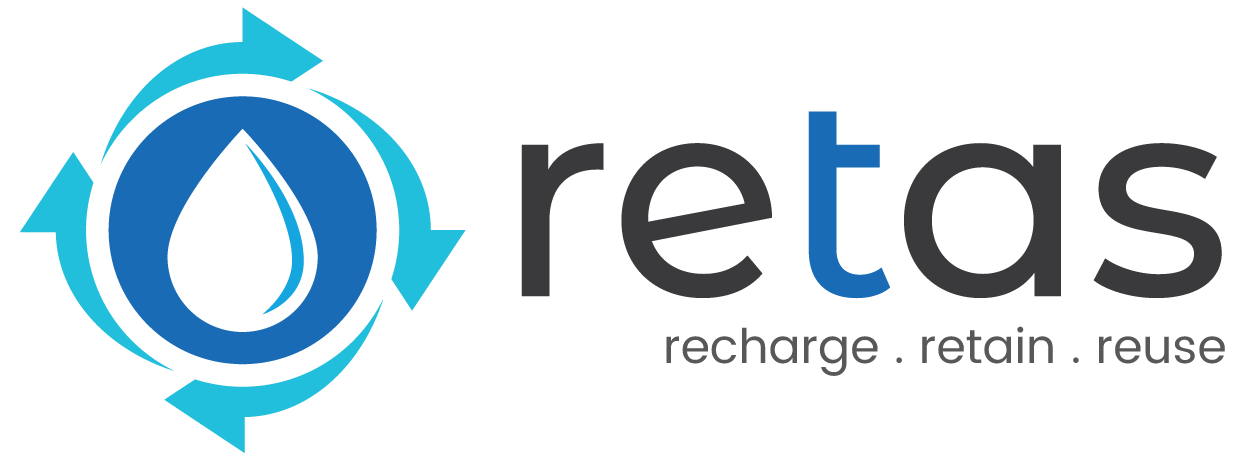Rainwater Harvesting for Flood Mitigation
Flooding is one of the major obstacles that hamper economic growth in our country. According to statistical research, floods are the reason for 40% of all deaths in India because of natural disasters. Moreover, the predominant reasons for flooding include heavy rainfall, unplanned urbanization, deforestation, and more. This ultimately urges us to think about rainwater harvesting for flood mitigation as India is highly vulnerable to floods.
In the past, we have been practicing rainwater harvesting and domestic utilization. Due to climate change and rapid urbanization, we are shifted towards other availability of water resources and forget to use rainwater. With the increase of water stress worldwide, the installation of rainwater harvesting systems has become the most valuable and effective solution.
Rainwater Harvesting: Effective Solution for Flood Mitigation
High-intensity rainfall in a short duration causes urban flooding. The situation gets more problematic due to lack of planning, poor drainage systems, and encroachment of natural water bodies. When stormwater or water is released from damaged areas, it accumulates on property or in public areas resulting in flooding. The situation gets worse when this water seeps through building walls and floors via toilets, sewer pipes, and sinks.
Urban flooding indeed has negative impacts on both population and infrastructure. Thus, we need to solve the situation and rainwater harvesting is the best solution.
Rainwater harvesting is the process of collecting and storing rainwater that runs off from rooftops, roads, parks, open ground, and more. You need to either store or recharge the rainwater into groundwater.
Through a rainwater harvesting system, you can execute the process in a definite manner. While building the RWH system, you need to have a catchment for capturing and storing/recharging the water. For carrying the harvested water from the catchment to the storage or recharge zone, you require a conveyance system.
Moreover, a first flush is also associated with the system that flushes out the first spell of rain. Other equipment includes filters to remove pollutants from storage tanks and other recharge structures.
Why do you need rainwater harvesting?
- The biggest advantage of rainwater harvesting is to save our environment. Initially, it can reduce erosion around downspouts and in gardens. It is also helpful in controlling stormwater runoff.
- Through rainwater harvesting, we can reduce the risk of flooding.
- It may not be helpful in reducing water bills if you are individually installing the system but can optimize costs for entire communities.
- As time goes by, our population is expanding rapidly. That’s why the sources of groundwater are being strained in many areas worldwide. Also, the groundwater level is getting low, and digging deeper wells is causing environmental damage. Therefore, RWH is good for reducing our dependence on groundwater.
- Rainwater harvesting can be used for non-drinking. From washing clothes to gardening to bathing, you can manage many activities with a systematic collection of rainwater.
What is the future of rainwater harvesting?
The alarming situation of water scarcity urges us to think about the rainwater harvesting system and its adoption is expected to grow in the coming years. With growing awareness of environmental sustainability and the need for sustainable water management solutions, RWH will become a popular action. That’s why the government is providing incentives for rainwater harvesting as it is best for flood mitigation. In a nutshell, the future of rainwater harvesting is bright, especially to deal with water scarcity and flooding.



